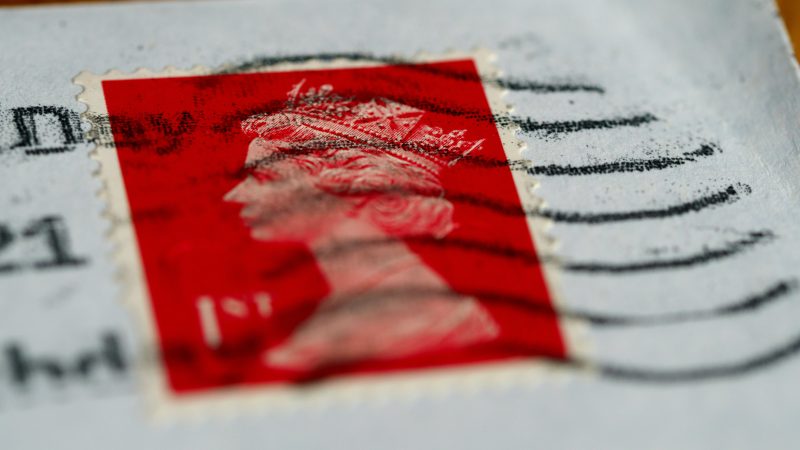From Propellers to Jet Engines: The Evolution of Airplane Engineering

The evolution of airplane engineering is a fascinating journey that has transformed the world of aviation over the decades. From the early days of propeller-driven aircraft to the advent of jet engines, advancements in airplane engineering have revolutionized the way we travel and explore the skies. This exploration will trace the significant milestones in airplane engineering, shedding light on the innovations and breakthroughs that have shaped the aviation industry into what it is today.
The Era of Propeller-Driven Aircraft
The early years of aviation were dominated by propeller-driven aircraft. These airplanes, powered by piston engines, relied on the rotation of propellers to generate thrust and propel the aircraft forward. Continuous improvements in aerodynamics, materials, and engine efficiency marked the engineering of these propeller-driven planes. Aircraft designers experimented with various wing configurations, airfoil shapes, and materials to enhance performance and fuel efficiency. Despite the limitations of propeller-driven aircraft in terms of speed and altitude, they laid the foundation for the subsequent leaps in airplane engineering.
Introduction of Jet Propulsion
The introduction of jet propulsion marked a groundbreaking shift in airplane engineering. The first operational jet-powered aircraft, the Messerschmitt Me 262, made its debut during World War II. Jet engines, unlike piston engines, operated on the principle of jet propulsion, where high-speed exhaust gases propelled the aircraft forward. This innovation revolutionized air travel, providing higher speeds, greater altitudes, and improved fuel efficiency. The British Comet, the world’s first commercial jet airliner, entered service in the early 1950s, ushering in a new era of faster and more efficient air travel.
Turbojet to Turbofan Engines
The turbojet engine eventually gave way to the turbofan engine, which is more efficient in terms of fuel consumption, as the engineering of airplanes continued to advance. The concepts of jet propulsion and a bypass air system are combined in turbofan engines, which are a hybrid of the two. Because a sizeable fraction of the air that is being taken in is able to avoid the combustion process, the thrust efficiency is raised, and the amount of fuel that is used is decreased. As a result of this development, issues about fuel efficiency and environmental effects were addressed, and turbofan engines became the engine of choice for contemporary commercial aircraft. The transition from turbojet to turbofan engines served as a contributing factor in the creation of wide-body, long-range aircraft, which made it possible to fly across the world on a scale that had never been seen before.
Advancements in Materials and Aerodynamics
The evolution of airplane engineering has been marked by remarkable advancements in materials and aerodynamics, propelling the aviation industry into a new era. Engineers have continually pushed the boundaries of innovation, introducing cutting-edge technologies to enhance aircraft performance. Among the notable contributions is the use of specialized aviation hydraulic fluid known as Skydrol. This advanced hydraulic fluid plays a crucial role in ensuring the efficiency and safety of aircraft systems. Its inclusion reflects the commitment to adopting high-performance materials and lubricants, showcasing the industry’s dedication to excellence and reliability in aviation engineering.
The Era of Electric and Sustainable Aviation
There is a rising focus on electric and environmentally friendly flying in the contemporary landscape of airplane engineering. Engineers are now investigating electric propulsion systems and hybrid-electric aircraft as a means of reducing the negative effects on the environment and the reliance on fossil fuels. In an effort to make the aviation sector more environmentally friendly, research and development efforts are being directed toward the development of alternative propulsion techniques and sustainable aviation fuels. The implementation of these improvements demonstrates a dedication to tackling the environmental difficulties that are linked with air travel, therefore setting the way for a future in aircraft engineering that is more sustainable and environmentally friendly.
Conclusion
In conclusion, the evolution of airplane engineering is a testament to human ingenuity and technological progress. From the propeller-driven aircraft of the early days to the introduction of jet engines, advancements in materials, and the ongoing pursuit of sustainable aviation, each phase has contributed to shaping the aviation industry. The continuous quest for efficiency, speed, and environmental responsibility underscores the dynamic nature of airplane engineering. As we look to the future, the trajectory of innovation in airplane engineering promises further advancements, pushing the boundaries of what is possible in the realm of aviation.





